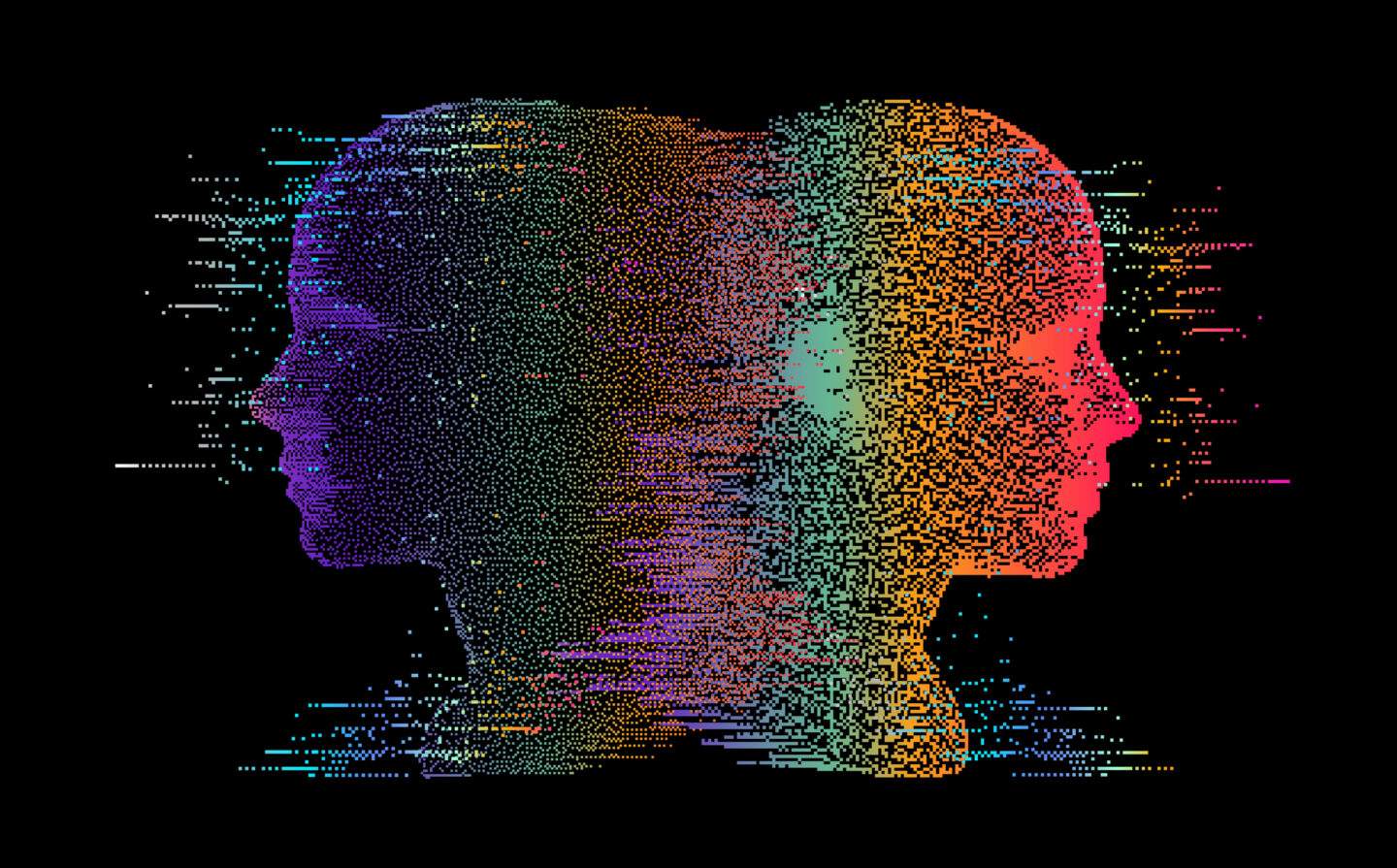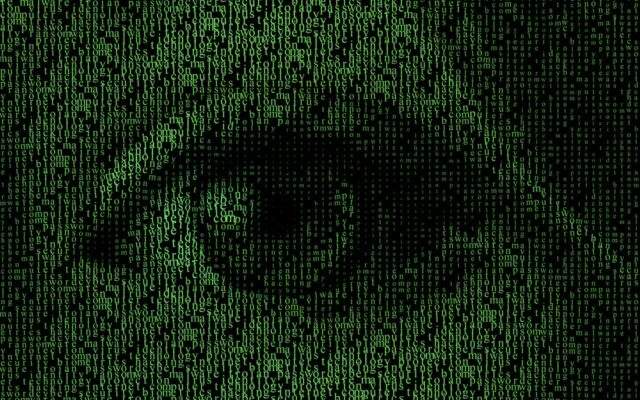What are evil twin attacks and how do you prevent them?
Read our blog to find out what evil twin attacks are, how they work, why they’re dangerous & how to identify, recover from & prevent them.
Read our blog to find out what evil twin attacks are, how they work, why they’re dangerous & how to identify, recover from & prevent them.

In a hyper-connected world, consumers want to stay online wherever they go, and they crave convenience to achieve this. Many of us won’t think twice before connecting to free Wi-Fi. It’s a lifesaver, offering easy access to the internet at cafes, airports, and other public spaces.
But have you ever considered that connecting to an unsecured public Wi-Fi source could put your sensitive information at risk? Research shows one in four travelers are hacked while connecting to public Wi-Fi networks.
Evil twin attacks are a poignant threat, both at home and abroad. From personal messages to critical banking information, everything transmitted over these networks is vulnerable to interception by bad actors.
In this blog, we’ll explore everything you need to know, including:
An evil twin attack is a type of cyberattack in which an attacker sets up a fake Wi-Fi network that mimics a legitimate one. When users connect to the fake network, the attacker can intercept their traffic and steal their data.
The risks of an evil twin attack are significant. If an attacker can intercept your traffic, they can steal your personal information. They could also use your device to launch other attacks, such as distributed denial-of-service (DDoS) attacks.
There are several different types of evil twin attacks that cybercriminals may employ to deceive users and compromise their security. Some common variations include:
A simple attack where the attacker sets up a rogue access point with the same name (SSID) as a legitimate Wi-Fi network to trick users into connecting.
In this attack, the attacker sends fake deauthentication packets to disconnect users from the legitimate Wi-Fi network, prompting them to reconnect to the malicious evil twin.
When a device is set to automatically connect to known Wi-Fi networks, the Karma attack leverages this feature to trick the device into connecting to the attacker’s evil twin network without the user’s knowledge or consent.
The attacker creates a fake captive portal, mimicking the login page of a legitimate network, to steal login credentials or personal information when users attempt to connect.
The attacker not only replicates the network’s SSID but also spoofs the MAC address of the legitimate access point, making it more challenging for users to differentiate between the two networks.
Evil twin attacks involve setting up a fake Wi-Fi network that mimics a legitimate one. It typically entails:
The attackers set up a malicious Wi-Fi access point in close proximity to a legitimate public Wi-Fi hotspot, such as in a coffee shop, airport, or hotel. They give the rogue network a name similar to the legitimate one to deceive users.
The rogue access point sends out “beacon frames,” which are special packets that announce its presence and network name. Users’ devices within range automatically detect these beacons and display the rogue network as an available Wi-Fi option.
Unsuspecting users, seeking a Wi-Fi connection, may unknowingly choose the rogue network, assuming it to be legitimate. They connect to the fake network, believing it to be safe and secure.
Once connected, the attackers launch a Man-in-the-Middle (MITM) attack. They intercept and monitor the traffic passing between the victim’s device and the internet. This allows them to eavesdrop on communications, steal sensitive data, or manipulate the traffic.
The attackers can capture login credentials, personal information, financial details, or any other data transmitted over the fake network. This data can be used for identity theft, financial fraud, or further cyberattacks.
In some cases, the attackers may redirect victims to fake versions of legitimate websites, fooling them into entering sensitive information, such as login credentials or credit card details.
In more sophisticated attacks, the rogue network can be used to distribute malware or ransomware to connected devices, exploiting vulnerabilities and compromising the victim’s system.
The attackers may keep the rogue network active for an extended period, continuously luring new victims. This persistence allows them to target multiple users over time.
Evil twin attacks pose significant risks to both personal and organizational security. They’re considered dangerous because of:
When users unknowingly connect to an evil twin network, cybercriminals can intercept sensitive data transmitted over the network. This can include login credentials, personal information, financial data, and other sensitive details, leading to identity theft, financial fraud, or unauthorized access to accounts.
Evil twin attacks facilitate man-in-the-middle (MITM) attacks, where cybercriminals intercept and manipulate communications between the victim and the legitimate network. This allows attackers to eavesdrop on conversations, inject malicious content, or modify data, leading to privacy breaches and compromised communications.
Attackers can use evil twin attacks as a gateway to distribute malware or ransomware to connected devices. By tricking users into connecting to a rogue network, cybercriminals can deliver malicious software, leading to data loss, system compromise, or network-wide infections.
Evil twin attacks can lead to financial losses for individuals and organizations. Cybercriminals can use the stolen data to conduct unauthorized financial transactions, make fraudulent purchases, or steal funds from bank accounts.
For businesses, falling victim to an evil twin attack can damage their reputation and erode customer trust. Customers may hold the organization responsible for the security breach, leading to a loss of confidence in their services or products.
Stealing data in public is more of a threat than you may think. Let’s explore a real-life example.
In a bid to evaluate attendee behavior, a team of journalists set up a fake Wi-Fi Access Point (AP) and used an evil twin attack to see how many unsuspecting users would connect to it. They set up a booth at RSA, one of the world’s largest IT security conferences, and broadcasted eight globally common SSID names.
They managed to trick an alarming 4,499 Wi-Fi clients into connecting to their rogue AP. Although they didn’t interfere with anyone’s personal data, this experiment shows the ease with which cyber attackers can exploit people’s trust in public Wi-Fi networks.
Even in a highly secure environment like the RSA Conference, thousands of attendees unknowingly connected to the rogue AP, demonstrating the significant risks associated with these attacks. This serves as a stark reminder that anyone, including cybersecurity professionals, can fall victim to such threats.
Evil twin attacks are designed to deceive users into connecting to malicious Wi-Fi networks that impersonate legitimate ones. Here are some key indicators to look out for:
Pay close attention to the Wi-Fi network name (SSID). If you notice multiple networks with similar names, especially one that exactly matches a known network you use, it may be an evil twin attempting to deceive you.
Check the encryption type of the Wi-Fi network. Legitimate public networks often use WPA or WPA2 encryption. If you encounter an open network or one using outdated WEP encryption, it could be an indication of a suspicious network.
Always ensure that websites you visit are using HTTPS encryption. If you connect to an evil twin network, attackers may try to intercept data sent over unsecured HTTP connections.
If you receive SSL/TLS certificate warnings when accessing websites, it might indicate an attempted man-in-the-middle attack, which is often associated with evil twin attacks.
Evil twin networks are typically set up to have stronger signals than legitimate ones to attract more users. If you notice an unusually strong signal for a known network, it could be suspicious.
If you frequently encounter login or authentication requests when connected to a network you’ve used before, it might be a sign of an evil twin attempting to capture your credentials.
Compare the MAC addresses of the routers you connect to. If you notice multiple routers with the same MAC address, it could be a red flag for an evil twin attack.
If something feels off about the network or the connection, it’s best to avoid connecting to it. Trust your intuition and prioritize security over convenience.
If you suspect you’ve fallen victim to an evil twin attack, here are the steps you’ll need to take to mitigate the damage:
Here are some tips on how to prevent and protect yourself from evil twin attacks:
The main difference between an evil twin and a rogue access point lies in their intentions. An evil twin is a type of rogue access point that is set up with malicious intent, mimicking a legitimate network to deceive users and capture sensitive information.
On the other hand, a rogue access point refers to any unauthorized or unapproved access point on a network, which may not necessarily be malicious but can still pose security risks.
You can use tools such as Wi-Fi security scanners and analyzers to detect rogue access points. Additionally, implementing strong encryption protocols, such as WPA3, and using virtual private networks (VPNs) can also help protect data transmission from potential eavesdropping and unauthorized access on public Wi-Fi networks.
To see if you’re connected to an evil twin network, carefully check the Wi-Fi network’s name (SSID) to see if it matches the official network. Be cautious of networks with slight variations or misspellings.
Additionally, verify the network’s security settings—legitimate networks usually use encryption protocols like WPA2 or WPA3. Evil twin networks may have open or poorly secured connections. Check the location of the network and be wary if the connection drops or behaves strangely.
Using a Wi-Fi scanner app can help detect nearby networks and identify potential evil twin access points with similar names.
The most common methods for carrying out evil twin attacks include creating a rogue Wi-Fi access point with a similar name to a legitimate network, luring users to connect to it; setting up a captive portal to capture login credentials or sensitive information from unsuspecting users; and using deauthentication attacks to disconnect users from their legitimate network, forcing them to connect to the evil twin.
Free Wi-Fi is an attractive lure that bad actors can exploit through evil twin attacks. Despite the convenience, these deceptive tactics take advantage of our trust in public Wi-Fi networks and put our most sensitive information at risk of exposure. You may have already fallen victim and not even know it.
If you’d rather put your security stance to the test, try our digital cyber attack simulation services. Our expert ethical hacking services will also expose the flaws in your systems before your latest vulnerabilities are exploited by real threat actors.

What is a Man-in-the-Middle (MitM) attack?
Read our blog to find out what Man in the Middle (MitM) attacks are, why they’re dangerous and how to identify, recover from and prevent them.

What is ransomware and how do you prevent it?
Read about what ransomware is and shield your business from ransomware attacks with our guide. Plus, discover best practices for detection, prevention and recovery.

What is malware and how can you prevent it?
Read our guide to find out what malware is, why it exists, different types and how to prevent it to keep your organization safe.